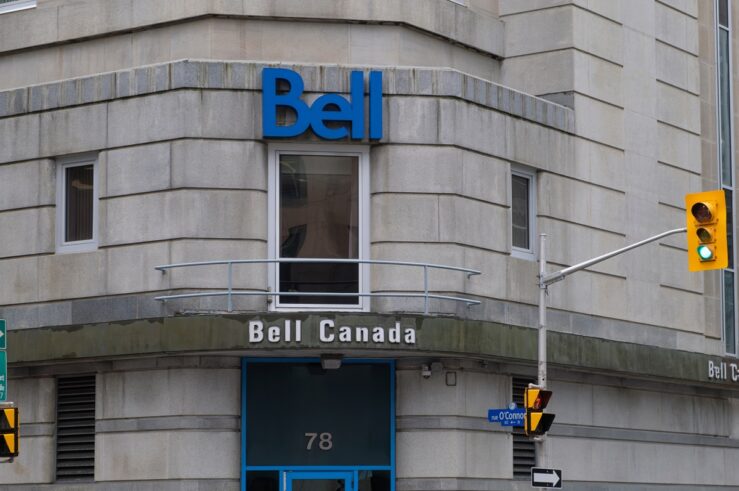This article is a part of the The Law & Economics of Interchange Fees Symposium symposium.
I will focus my blog post on one of the proposals for reducing interchange fees: the requirement that the fees be disclosed to consumers. I am not sure how seriously this option is taken by the GAO report. Indeed, the report concedes that mandated disclosures in this context are not very likely to be effective, because “consumers are likely to disregard this kind of information.” But I will not be surprised if, of all the regulatory options discussed in the report, in the end it will be the disclosure rule that is enacted.
I am sure that readers of this blog don’t need a long explanation why disclosures would be futile in this area. Numerous studies have documented the failure of mandated disclosures in other areas of consumer credit, ranging from TILA, through other financial accounts such as depository, savings, and mutual funds, and extending to disclosure by financial brokers, investment advisers, credit reporting agencies, and even pawnshops. These mandated disclosure rules fail to inform people, to improve their decisions, or to change the behavior of the financial institutions. The fail because ordinary people can read them, can’t understand them even in the most simple format, don’t know what to do with the information even it were understood, and face way too many such disclosures in their every day lives
I recently conducted a study looking at the entire body of mandated disclosure statutes that people encounter, reaching beyond financial transactions. (You can view a talk based on the study here). Mandated disclosures are a routine regulatory device found in insurance law, health care, informed consent doctrine, Miranda warnings, IRBs, and hundreds of product- and service-specific enactments. My study concluded that none of these disclosures do anything to help people, and many of them backfire. One of the features that runs through all these scattered disclosure statutes is how easy it is politically to enact them. When lawmakers respond to a particular problem that requires intervention—much like the one we are now discussing, interchange fees—there is often debate what rules would work, how deep the intervention ought to be, and whose interests to prioritize. But there is very little debate or opposition to disclosure mandates. Everybody supports them. The perception is that more information is always better: it helps people improve their decisions, it “bolsters their autonomy” as some like to put it, and it perfects market competition. At worse, disclosure believers think, the information will not help much, but it surely will not do any harm, and disclosure regulation involves very little budgetary allocation.
Here is a case in point. Just last month, the Federal Reserve regulated overdraft fees. After much thought and consultation, the Fed found a solution to the problem of high overdraft fees for ATM and debit card transactions. Recognizing that many consumers would prefer that money withdrawal would be declined rather than pay a sizeable overdraft fee, the rule enacted by the FED prohibits banks from charging overdraft fees unless consumers opt in to the overdraft fee option. Sounds sensible: give people choice, and set the default rule to induce information dissemination.
But here is the catch. How, according to the legislation, would consumers learn about the size of the overdraft fees and choose, if they care, to opt in? By establishing mandated disclosure requirements! That is, to make sure that the notice is “meaningful”, the Fed, with the support of consumer advocates, mandated a new form—which they call a “segregated disclosure”—a separate sheet consumers will receive from the bank providing them “a meaningful way to consent and thus to providing meaningful choice.” The ingenious advance here, which ensures “informed choice,” is to have a separate form, with a separate notice, and a separate signature. This, supposedly, will prevent “inadvertent” consent.
Like any other technical financial disclosure, this format is unlikely to help, especially the least sophisticated consumers—those most likely to carry overdrafts. Whether it is one form of separate forms, one notice or separate notices, one signature or separate signatures, this will not change the ineffectiveness of this disclosure paradigm. Consumers will get yet another pre-printed boilerplate page, with another dotted line at the bottom, which they will happily not read.
The point is that, when all is said and done, nothing much happened. There was a moment of significant public and media attention to the problem of overdraft fees, but in the end they were not regulated. Another meaningless disclosure was added to people’s lives, already swamped with hundreds and thousands of disclosures. Politically, the Fed finished its job and the problem is now “solved.” This is a familiar pattern: a disclosure rule provides an excuse to refrain from a real solution.
Now back to interchange fees. The GAO report lists several possible policy options, from direct regulation of the fees to restrictions on the terms imposed by issuers and how they are negotiated. These are controversial options that would likely lead to substantial political wrestling. There is also much uncertainty, even among the most sophisticated of academic experts, as to the effects of these measures. Perhaps other entries to this blog will shed more clarity as to the right regulatory direction. But as long as these difficulties remain, and as long as interest groups exert pressure on lawmakers, disclosure rules will once again surface as a safe, unopposed, but unfortunately useless regulatory device.




